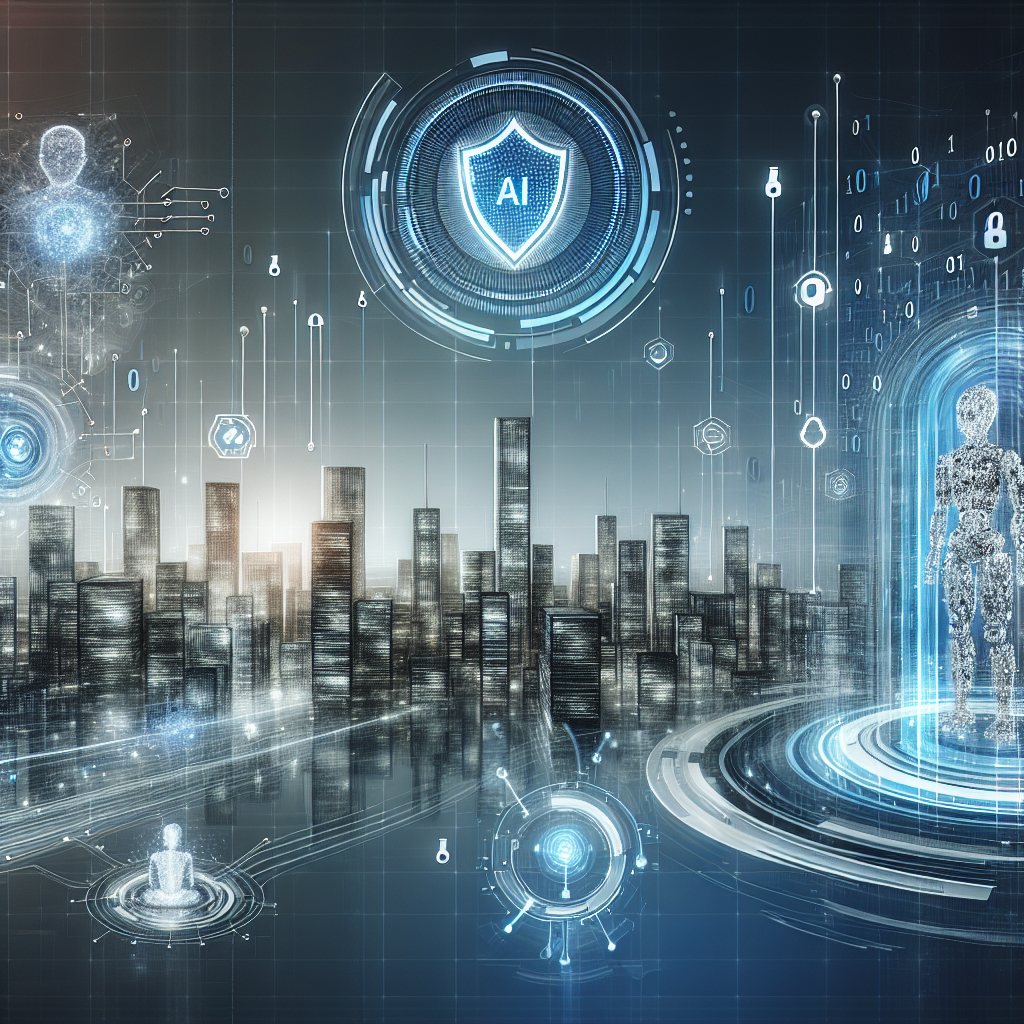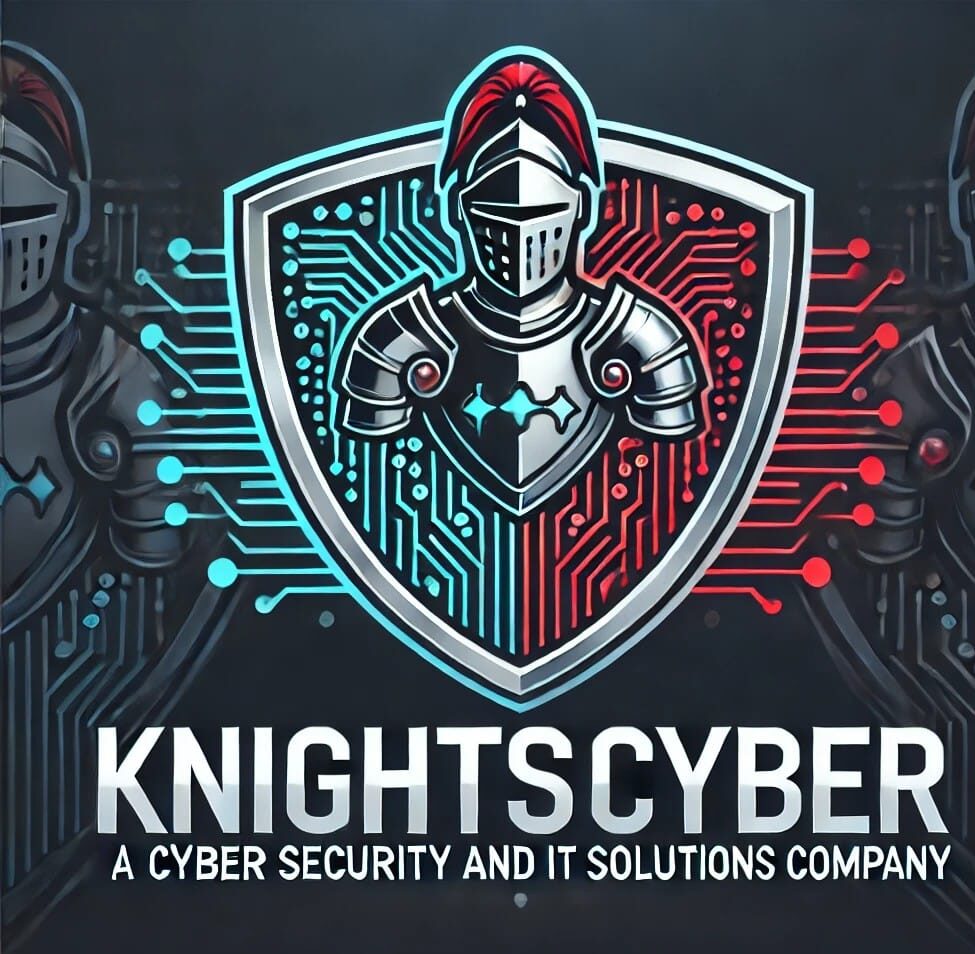How AI Revolutionizes Cybersecurity and Propels Future Hyper-Automation Trends
CyberSecurity
How AI Revolutionizes Cybersecurity and Propels Future Hyper-Automation Trends
The landscape of cybersecurity is undergoing a radical transformation, spurred on by advancements in artificial intelligence (AI). As we move toward 2025, AI is not only reshaping how we approach cybersecurity but also spearheading the drive toward hyper-automation. This evolution presents both opportunities and challenges as organizations look to safeguard their digital assets while streamlining their operations.
The Role of AI in Modern Cybersecurity
Artificial intelligence has quickly become a crucial player in the field of cybersecurity. With the increasing complexity and frequency of cyber threats, traditional methods of defense are no longer sufficient. AI introduces a new level of sophistication and efficiency in threat detection and response, which is essential in today’s fast-paced digital environment.
Enhancing Threat Detection and Response
One of the primary ways AI is revolutionizing cybersecurity is through enhanced threat detection and response. AI-driven algorithms can process vast amounts of data in real-time, identifying patterns and anomalies that could indicate potential threats. This capability allows organizations to:
- Detect threats more accurately and swiftly, reducing the time between breach and response.
- Automate routine security tasks, freeing up human resources to focus on more complex issues.
- Predict future attacks using machine learning models that analyze historical data and identify emerging threats.
AI-Powered Security Tools
AI has led to the development of advanced security tools that enhance an organization’s defense mechanisms. Tools such as AI-powered firewalls and intrusion detection systems are now capable of:
- Monitoring network traffic continuously for unusual activity.
- Adaptive learning to improve accuracy over time with minimal human intervention.
- Integrating seamlessly with existing security frameworks for augmented protection.
Hyper-Automation: The Next Frontier
As AI transforms cybersecurity, it also paves the way for hyper-automation. Hyper-automation involves the use of advanced technologies, including AI and machine learning (ML), to automate processes across a broad range of business functions. By 2025, hyper-automation is expected to become a strategic priority for organizations looking to enhance efficiency, reduce costs, and improve security.
The Synergy of AI and Hyper-Automation
The integration of AI into hyper-automation strategies brings multiple benefits, including:
- End-to-end automation of business processes, from data collection to decision-making and execution.
- Streamlined operations by removing silos and creating a cohesive workflow across departments.
- Enhanced real-time decision-making using AI’s predictive analytics capabilities.
Challenges in Implementing AI and Hyper-Automation
While the potential of AI and hyper-automation is vast, their implementation is not without challenges. Organizations must navigate:
- Data privacy concerns, ensuring compliance with regulations like GDPR and CCPA.
- Integration hurdles with legacy systems that may not be compatible with new technologies.
- Skill gaps in the workforce that may impede the adoption and effective use of AI technologies.
Preparing for the Future
As AI continues to reshape cybersecurity and drive hyper-automation, organizations must be proactive in their adoption strategies. Here are some steps they can take:
Invest in Talent
To harness the full potential of AI and hyper-automation, organizations need skilled professionals who understand both the technological and strategic aspects of these tools. Investing in training and development is essential.
Adopt a Holistic Approach
Organizations should look at AI and hyper-automation as part of a broader digital transformation strategy. This involves not only upgrading technological infrastructure but also rethinking business models and processes to optimize the benefits of these technologies.
Foster a Culture of Innovation
Encouraging a culture that values innovation and agility will help organizations adapt to rapid technological changes. This includes creating an environment where experimentation and learning from failure are part of the journey to successful transformation.
Conclusion
The combination of AI and hyper-automation is set to revolutionize both cybersecurity and business operations by 2025. Organizations that embrace these technologies will gain significant competitive advantages, not only by enhancing their security posture but also by streamlining operations and driving innovation. However, success will require careful planning, investment in human capital, and a willingness to adapt to the ever-evolving digital landscape. As we move forward, those prepared to take these steps will be at the forefront of the next era of digital transformation.
